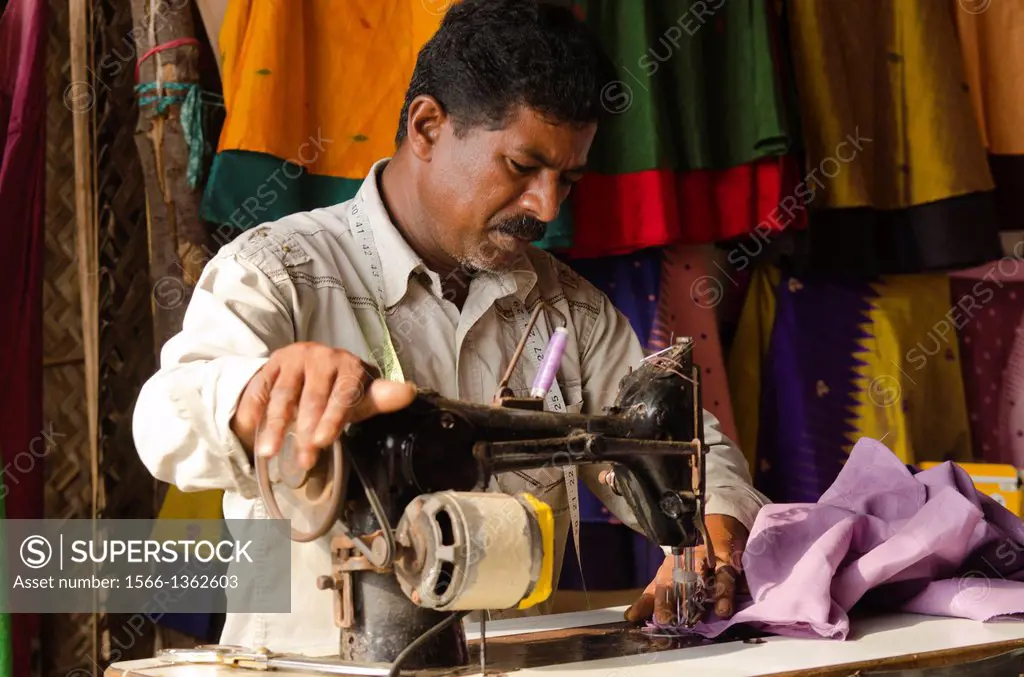Tailor Perth Quality: Your Destination for Bespoke Tailoring
Tailor Perth Quality: Your Destination for Bespoke Tailoring
Blog Article
Comprehending the Tailoring Process: From Textile Selection to Last Fitting for the Ideal Wardrobe
The customizing process is an intricate interaction of art and scientific research, beginning with the essential decision of fabric option and finishing in the specific modifications of last installations. Each fabric type brings special qualities that influence not only the aesthetic allure however likewise the garment's longevity and viability for numerous occasions. Understanding the subtleties of customizing strategies can boost one's closet to unprecedented degrees of sophistication. As we discover these components even more, one must consider exactly how even the tiniest information can considerably influence the general end result of one's personal design.
Relevance of Fabric Choice
Picking the best textile is critical in the customizing process, as it straight affects the comfort, sturdiness, and total visual of the final garment (tailor perth). The choice of textile establishes the structure for the garment's style, functionality, and efficiency. Different materials possess one-of-a-kind homes, such as weight, stretch, and breathability, which can dramatically influence exactly how the garment drapes and fits the body
In addition, textile choice impacts the garment's long life and ease of treatment. High-grade materials can endure deterioration, keeping their appearance and structure over time, while lower-quality products might result in pilling or fading. Furthermore, the appropriate fabric adds to the garment's capacity to change across periods and events, consequently enhancing flexibility.
A tailored piece made from a suitable textile not only showcases craftsmanship yet likewise boosts the user's self-confidence. Consequently, comprehending the subtleties of material option is vital for any customizing undertaking. It makes certain that the end product not just meets the aesthetic needs of the customer yet also aligns with practical requirements, consequently achieving an unified balance between type and feature in the customized closet.
Types of Fabrics and Their Usages
Recognizing the numerous sorts of textiles available is vital for making educated decisions throughout the customizing procedure. Each textile has special qualities that dictate its viability for specific garments and celebrations.
Cotton, understood for its breathability and gentleness, is suitable for laid-back wear and summer garments. Its versatility permits it to be customized right into everything from t shirts to gowns. Wool, on the various other hand, is favored for its heat and framework, making it a superb option for formal fits and outerwear - tailor perth. Its all-natural elasticity assists garments keep shape gradually.
Silk radiates high-end and is light-weight, making it ideal for eveningwear and delicate shirts; nevertheless, it calls for mindful handling as a result of its fragility. Linen, with its distinctive surface, is a prominent choice for warm environments, supplying a ventilated and crisp feel, however it wrinkles easily, which might impact the garment's look.
Synthetic materials, such as polyester and nylon, deal toughness and resistance to creases, making them ideal for everyday wear and energetic apparel. Recognizing these material types and their properties allows for better decision-making, guaranteeing that each customized item not just fits well yet likewise aligns with the desired function and celebration.
The Tailoring Techniques Clarified
The art of tailoring relies upon a variety of techniques that transform fabric into well-fitted garments. Central to this process is pattern composing, where a dressmaker develops templates based on the customer's dimensions and wanted design. This initial action makes certain that the garment will certainly fit the user correctly prior to any kind of reducing happens.
When patterns are developed, cutting strategies enter play. Precision is paramount as mistakes can result in misfitting garments. Tailors often utilize numerous cutting methods, such as single-layer cutting for elaborate layouts and multiple-layer reducing for effectiveness on typical patterns.
Basting is one more important strategy, allowing tailors to momentarily stitch textile pieces with each other for a preliminary fitting. This technique supplies the possibility to analyze the drape and overall shape prior to last sewing.
Seaming strategies, consisting of flat-felled seams and French seams, boost the garment's toughness and visual charm. Tailors additionally use methods such as interfacing and padding to supply framework and shape to particular areas, like shoulders and collars.
Lastly, ending up techniques, including hemming and side finishing, make certain the garment's longevity while giving a refined appearance. Together, these techniques create the foundation of effective customizing, resulting in elegant, tailor-made clothing.
Suitable Adjustments and Factors To Consider

Key considerations consist of the shoulder fit, which needs to neither sag nor restrict movement, and the sleeve length, which need to permit comfortable arm motion while maintaining a sleek appearance. Additionally, modifications at the waistline can improve the silhouette, with alternatives to allow out or absorb textile as required.
The rise of trousers is one more crucial variable; it top article should sit comfortably over the hips without creating discomfort, enabling simplicity of movement. Hemming sizes for both trousers and skirts should show the wearer's preferred design while appreciating percentages.

Maintaining Your Tailored Clothing
Constantly follow the care label guidelines, which may suggest completely dry cleansing for fragile materials or equipment cleaning for even more sturdy materials. Prevent regular laundering, as this can wear down the fabric and modify the garment's shape.
Storage space is equally vital; usage cushioned wall mounts for layers and coats to keep shoulder framework, and shop pants folded nicely or hung to stop creasing. Secure garments from direct sunlight, which can fade shades and damages fibers.
Additionally, regular evaluations for minor repair services can avoid larger problems. Check for loosened switches, tearing seams, or indications of moth damage, dealing with these issues without delay to preserve the garment's integrity.
Finally, consider seasonal turning. Putting on customized pieces in small amounts enables materials to recover, extending their life expectancy. By applying these upkeep techniques, you can guarantee that your customized garments stay as beautiful as the day you first used them, boosting your perfect wardrobe for several years to come.
Conclusion
The customizing procedure, including fabric option, knowledgeable methods, and accurate fitting modifications, plays a vital function in producing garments that enhance both convenience and design. Comprehending the relevance of upkeep prolongs the life of customized garments, solidifying their value in a well-curated wardrobe.
Choosing the right material is crucial in the customizing process, as it directly affects the comfort, durability, and total visual of the last garment. The selection of material establishes the structure for the garment's design, functionality, and performance. Different fabrics possess unique properties, such as breathability, stretch, and weight, which can considerably affect how the garment drapes and fits the body.
The art of customizing counts on a selection of techniques that change textile into well-fitted garments.The customizing process, encompassing textile option, proficient techniques, and precise suitable changes, plays a visit homepage critical duty in creating garments that boost both comfort and style.
Report this page